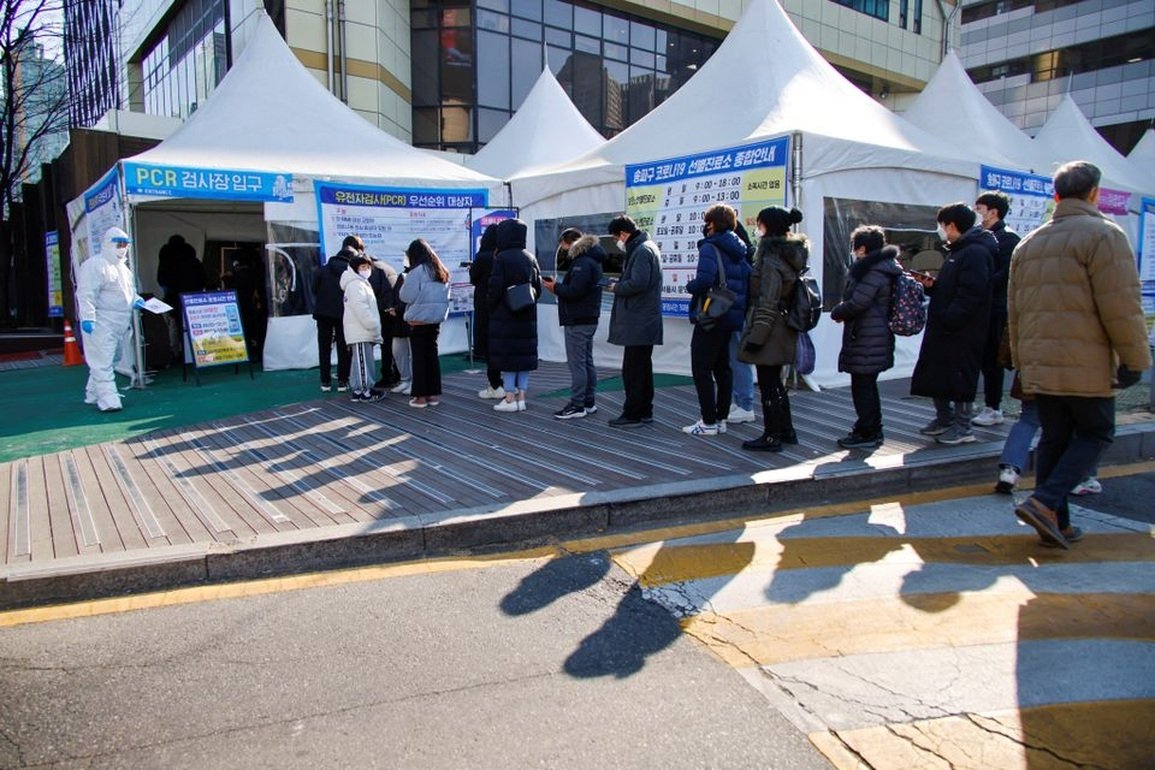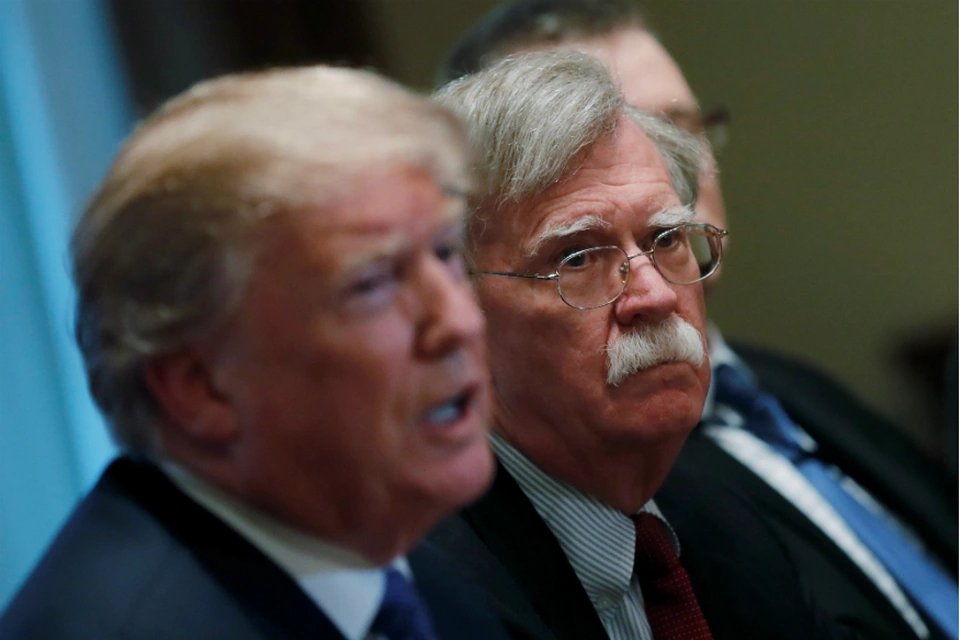
(Dan Tri) – The number of serious illnesses and deaths due to Covid-19 is increasing rapidly again, putting pressure on the hospital system and cremation services in Korea.
Outside a Covid-19 testing site in Seoul, South Korea (Photo: Reuters).
According to data from the Korea Centers for Disease Control and Prevention (KDCA), on March 22, the country recorded 490,881 new Covid-19 cases, the second highest compared to the peak of 621,205 cases on March 16.
In the past 24 hours, South Korea also recorded 291 more deaths due to Covid-19, bringing the total number of deaths from the pandemic here to 13,432.
The rate of infection and death from Covid-19 in South Korea is still much lower than in other parts of the world because 87% of South Korea’s 52 million people have received two doses of the Covid-19 vaccine, 63
However, the number of deaths has nearly doubled in just the past 6 weeks with the number of deaths on March 18 reaching a peak of 429 cases.
The Korean government earlier this week directed 60 crematoriums nationwide to extend operating hours to increase the number of cremations, and also asked nearly 1,200 funeral homes capable of preserving about 8,700 bodies to expand.
`We are discussing measures to increase the capacity of crematoriums to limit inconvenience to people. The capacity of crematoriums is increasing but there are differences between localities,` Son said.
Korean authorities have now increased the total cremation capacity nationwide from 1,000 cases to 1,400 cases/day starting last week.
According to data from the Korean Ministry of Health, 28% of crematoriums in Seoul city are operating at 114.2% capacity, while in other areas such as Sejong and Jeju it is about 83%.
To overcome the overload situation in some localities, crematoriums in places that are not overloaded are now allowed to `receive applications` from other places.
In addition to the number of deaths, the number of serious illnesses is also trending up in Korea.
As of today, March 23, about 64.4% of hospital beds in emergency departments have been filled, compared to 59% two weeks ago.
`The health system is under great pressure even though the situation is still under control. We will focus more on high-risk groups and check regularly so that there are no blind spots (in dealing with






